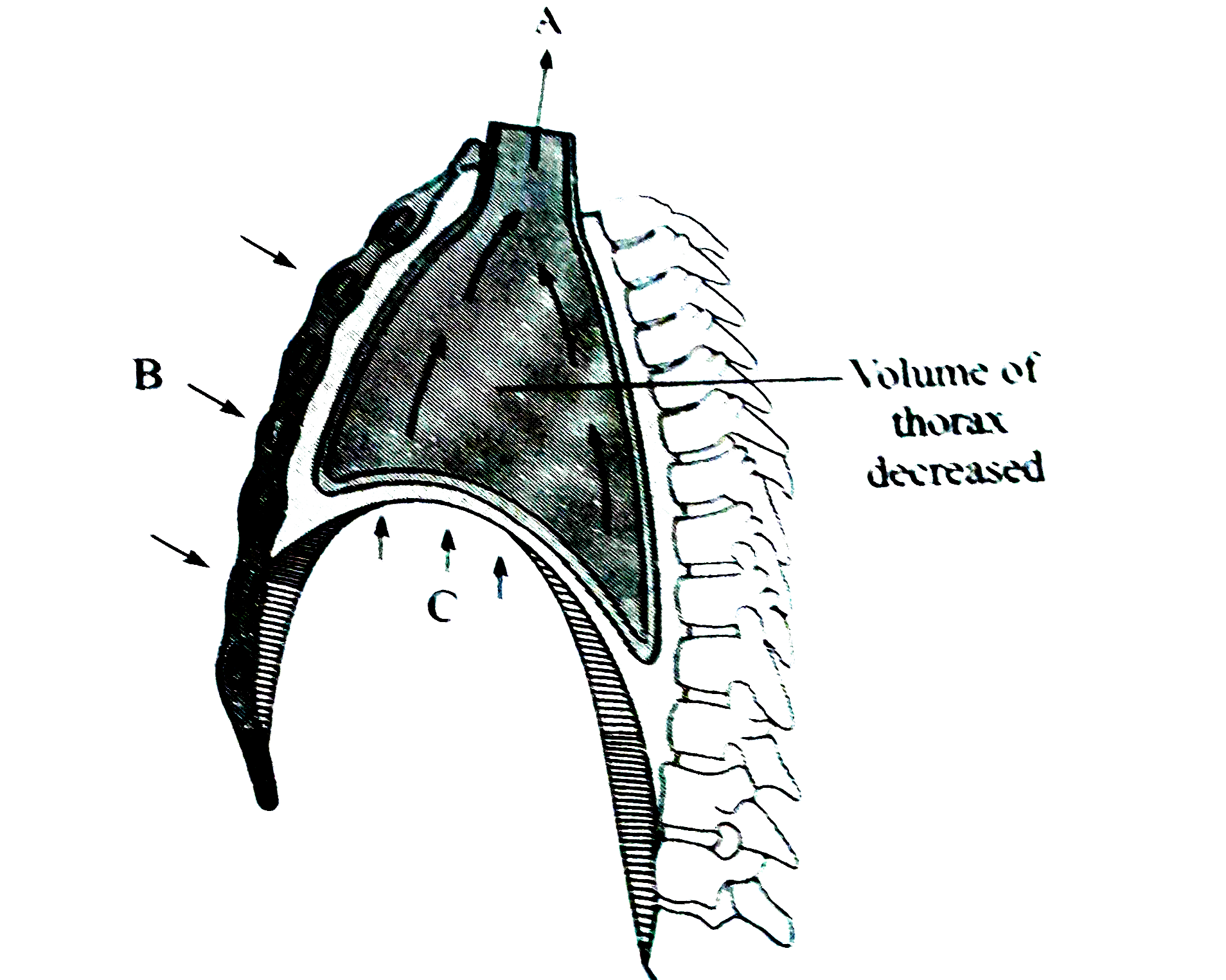What is true of Neoceratodus?
(a) It is a crosspterygian fish
(b) It is found in river chuturnnac
(c) It does not exhibit aestivation
(d) It is a ureotelic animal.
a and b
b and d
a and c
a and d
The correct Answer is:C
To solve the question regarding Neoceratodus, we need to evaluate each of the provided options based on the characteristics of this organism.
1. Identify the Classification of Neoceratodus:
- Neoceratodus is classified as a lungfish, which belongs to the class Dipnoi and the subclass Crossopterygia. This indicates that it is indeed a crossopterygian fish.
- Hint: Look for the classification of the organism to determine its group.
2. Habitat of Neoceratodus:
- Neoceratodus is typically found in stagnant or swampy waters, not in flowing rivers like the Chiturnac. Therefore, this statement is incorrect.
- Hint: Research the natural habitat of the organism to verify its living conditions.
3. Aestivation in Neoceratodus:
- Neoceratodus does not exhibit aestivation, which is a state of dormancy during dry periods. This statement is true.
- Hint: Understand the behavior of the organism during adverse environmental conditions.
4. Ureotelic Nature of Neoceratodus:
- Neoceratodus is not ureotelic; it excretes ammonia as its primary nitrogenous waste. Therefore, this statement is also incorrect.
- Hint: Know the excretory products of the organism to determine its metabolic classification.
Conclusion:
Based on the evaluations:
- (a) True: It is a crossopterygian fish.
- (b) False: It is not found in river Chiturnac.
- (c) True: It does not exhibit aestivation.
- (d) False: It is not a ureotelic animal.
Thus, the correct answers are (a) and (c).
Final Answer:
The true statements about Neoceratodus are (a) It is a crossopterygian fish and (c) It does not exhibit aestivation.
- Neoceratodus is classified as a lungfish, which belongs to the class Dipnoi and the subclass Crossopterygia. This indicates that it is indeed a crossopterygian fish.
- Hint: Look for the classification of the organism to determine its group.
- Neoceratodus is typically found in stagnant or swampy waters, not in flowing rivers like the Chiturnac. Therefore, this statement is incorrect.
- Hint: Research the natural habitat of the organism to verify its living conditions.
- Neoceratodus does not exhibit aestivation, which is a state of dormancy during dry periods. This statement is true.
- Hint: Understand the behavior of the organism during adverse environmental conditions.
- Neoceratodus is not ureotelic; it excretes ammonia as its primary nitrogenous waste. Therefore, this statement is also incorrect.
- Hint: Know the excretory products of the organism to determine its metabolic classification.
Based on the evaluations:
- (a) True: It is a crossopterygian fish.
- (b) False: It is not found in river Chiturnac.
- (c) True: It does not exhibit aestivation.
- (d) False: It is not a ureotelic animal.
The true statements about Neoceratodus are (a) It is a crossopterygian fish and (c) It does not exhibit aestivation.
Topper's Solved these Questions
- BOOK - DINESH PUBLICATION ENGLISHCHAPTER - VERTEBRATA-AGNATHA AND PISCESEXERCISE - Check Your Grasp12videos
VERTEBRATA-AGNATHA AND PISCES
- BOOK - DINESH PUBLICATION ENGLISHCHAPTER - VERTEBRATA-AGNATHA AND PISCESEXERCISE - Check Your Grasp12videos
VERTEBRATA-AGNATHA AND PISCES
- BOOK - DINESH PUBLICATION ENGLISHCHAPTER - TRANSPORT IN PLANTSEXERCISE - CHECK YOUR GRASP40videos
TRANSPORT IN PLANTS
- BOOK - DINESH PUBLICATION ENGLISHCHAPTER - VIRUSES VIROIDS AND PRIONSEXERCISE - CYG13videos
VIRUSES VIROIDS AND PRIONS
Similar Questions
Knowledge Check
- Question 1 - Select One
Tube feet are characteristic structures
(a) star fish
(b) cuttle fish
(c) cray fish
(d) jelly fishAstar fishBcuttle fishCcray fishDjelly fish
what does A,B and C depict ?
 View Solution
View SolutionWhat is true of Hirudinaria?
(a) It has a cephalic sucker
(b) Mouth is triradiate
(c) Segments are superficially subdivided
(d) All the aboveView SolutionGive an example for each of the following
A viviparous animal
(b) A fish possessing a poison sting
(c ) A fish possessing an electric organ
(d) An organ, which regulates buoyancy
(e) Animal, which exhibits alternation of generation
(f) Oviparous animal with mammary of glandView SolutionWhich one is group of warm blooded animals?
(a) Fishes
(b) Amphibians
(c) Reptiles
(d) BirdsView SolutionAssertion: one root of equation (a−d)2x2−[(b−c)2}(c−a)2x−(d−b)2=0 is necessarily 1. Reason: (a−d)2=(b−c)2+(c−a)2+(d−b)2 (A) Both A and R are true and R is the correct explanation of A (B) Both A and R are true R is not te correct explanation of A (C) A is true but R is false. (D) A is false but R is true.
View SolutionAssertion: a2,b2,c2 are in A.P., Reason: 1b+c,1c+a,1a+b are in A.P. (A) Both A and R are true and R is the correct explanation of A (B) Both A and R are true R is not te correct explanation of A (C) A is true but R is false. (D) A is false but R is true.
View SolutionIdentify the different types of aestivation (A,B ,C and D) and select the correct option.
 View Solution
View Solution

